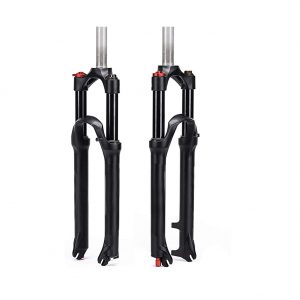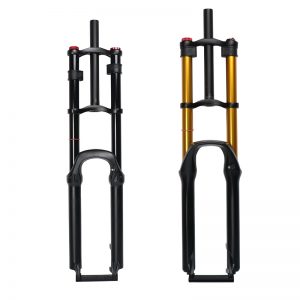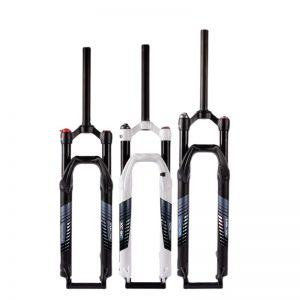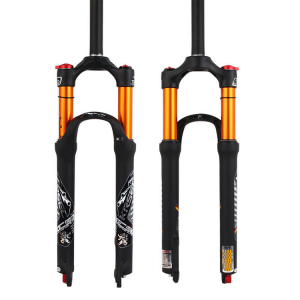Introduction and definition of a bicycle fork
The front fork component is located in the front part of the bicycle structure. Its upper end is connected with the handlebar part, the frame part is matched with the front tube, and the lower end is matched with the front axle part to form a bicycle guiding system.
The front fork component is located in the front part of the bicycle structure. Its upper end is connected with the handlebar part, the frame part is matched with the front tube, and the lower end is matched with the front axle part to form a bicycle guiding system.
Rotating the handlebars and the front fork can change the direction of the front wheel, which serves as a guide for the bicycle. In addition, it can also play a role in controlling the driving of the bicycle.
The force of the front fork is a cantilever beam, so the front fork must have sufficient strength and other properties.
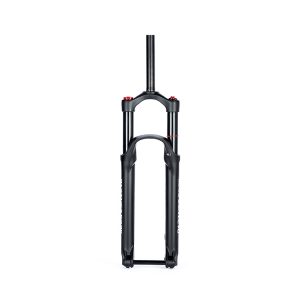
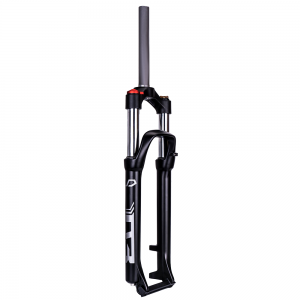
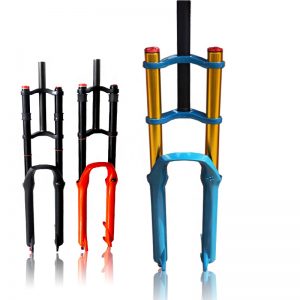
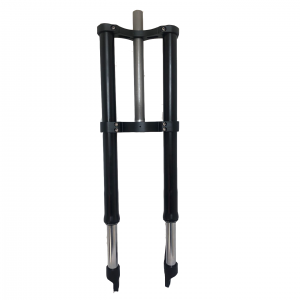
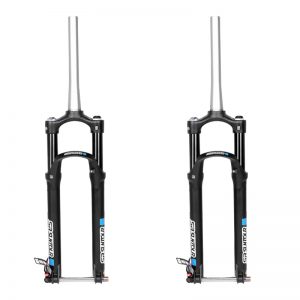
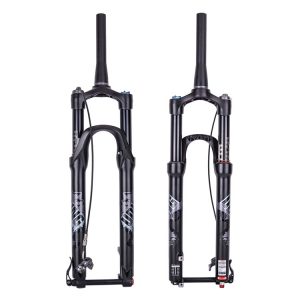

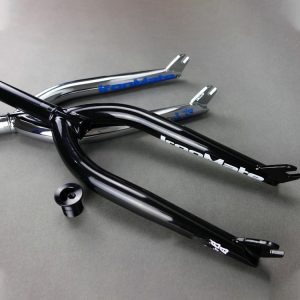
Classification of bicycle forks
1. Spring
The stiffness of the spring, the so-called elastic coefficient, represents the ratio of force to deformation. Under the principle of not exceeding the load, a simple coil spring has a fixed elastic coefficient under different stress states and will not be affected by the ambient temperature. After painting or lubrication, the stability and durability are high.
2. Air pressure
Because the air is light, the use of air as spring should be the most suitable for bicycles, and if a different hardness is required, there is no need to replace the spring, just increase or decrease the air pressure.
